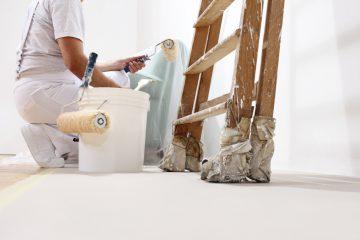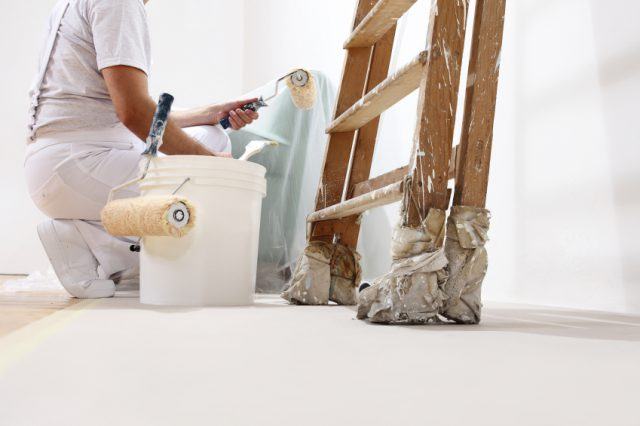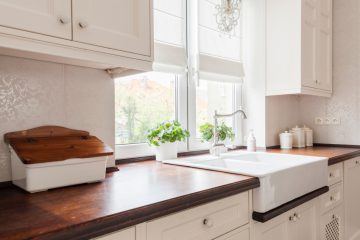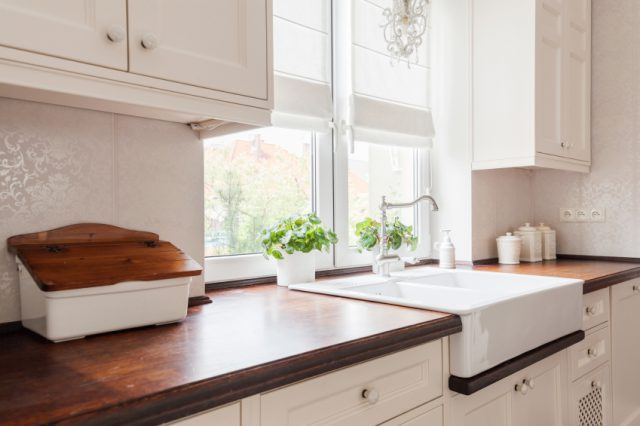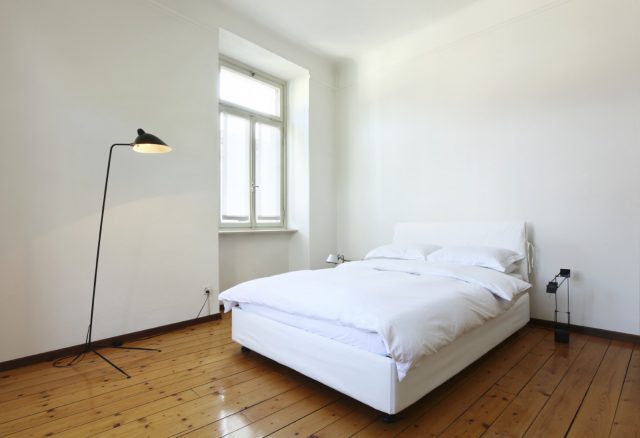Should You Let Tenants Decorate?
The question of letting a tenant decorate their rental property can be a dilemma for landlords. On the one hand, you want them to feel at home and personalise the property in the hope they’ll stay longer and look after the condition. But, on the other hand, you don’t want to be stuck trying to re-let a property that has been decorated with questionable taste! We asked Upad landlords if they let their tenants decorate a property; this is what they had to say:
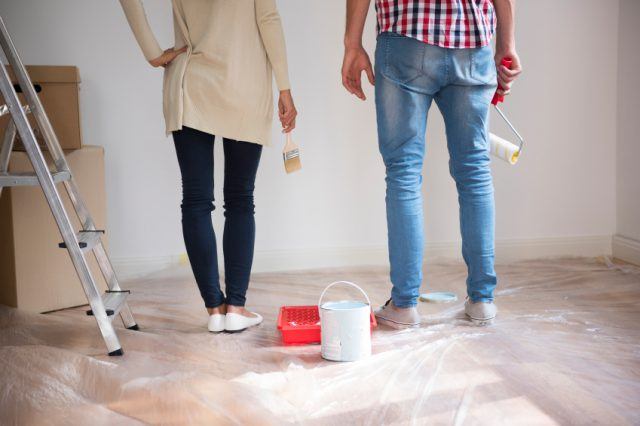
Should You Let Tenants Decorate?
“I would as long as there were no material changes to the property. I think it shows commitment on the part of the tenants and that they have pride in the property.”
“We once had a tenant and when she left, we saw the bedroom ceiling painted in a mish mash of blue and white. Then we realised when you lay on the bed she had painted clouds crossing a blue sky! We allow tenants to spruce up decor but now agree colour schemes beforehand.”
“Of course! If they make it their home, they will probably stay longer and have a better relationship with you. Although, make sure they let you know what colour they are going to paint it beforehand, make sure it’s all in keeping! And make sure they are using a professional, if it’s not good their deposit will be paying to rectify it!”
“Yes, because it will make them feel more at home and they’ll probably stay longer, but put some restrictions in e.g. no black walls. And if they don’t do it to a reasonable standard, you reserve the right to get professionals in when they leave to redecorate at their expense.”
“A resounding no. I had a tenant a few years ago who pleaded to personalise the house she lived in. She assured me the colour scheme would be tasteful. When she left I could not believe it! The palisaded Victorian semi had deep purple original coving; the dado rails and skirting boards, which were previously stripped and waxed, were white glossed and had smatterings of purple emulsion on them. I was horrified, that work had taken so long to do and the man-hours involved originally outweighed any deposit, but after all said and done, I had agreed. Never again.”
“We always allow tenants to redecorate. It is their home after all and we’ve found that tenants who decorate often look after the property and are better payers than others. They also tend to stay longer and that gives us greater continuity and fewer voids. We do prefer it if tenants decorate with pastel shades and paint rather than wallpaper because it’s easier to cover up when they leave, but we don’t really mind. We always freshly paint properties in magnolia, with white woodwork, ready for new tenants to move into.”
The overwhelming majority of landlords surveyed said they do let tenants decorate a property, but protect yourself with these top tips:
- Agree on the type of colour paint if you want it to be in keeping with the rest of the property. If this isn’t an issue for you, ask for the walls to be painted back to the original colour, or a neutral colour, before they leave. And make it clear that if it’s not returned as such, you will need to deduct the cost from their deposit.
- Make sure it’s written in the tenancy agreement, particularly if you’ve agreed a certain colour or paint type. If they do return the property with a bright green living room, you need written evidence to prove this wasn’t agreed. If you’ve agreed a décor change during the tenancy, create a signed addendum to the original agreement.
- Make sure you have a thorough inventory before they move in, as this will document any changes when they subsequently move out and will back up anything you’ve agreed in the tenancy agreement or addendum.
- Make it a condition that they use a professional to do the painting. A bad paint job will be time-consuming to rectify.
- Wait until the tenancy has reached six months and you are confident the tenants will be staying. Again, make sure anything agreed has been written and signed by both parties.
- Work with your tenant, agree as long as you buy the paint and brushes to ensure it will be a quality job. Help them pick the paint colours, or offer a range that you would be comfortable with but they still have the choice.



